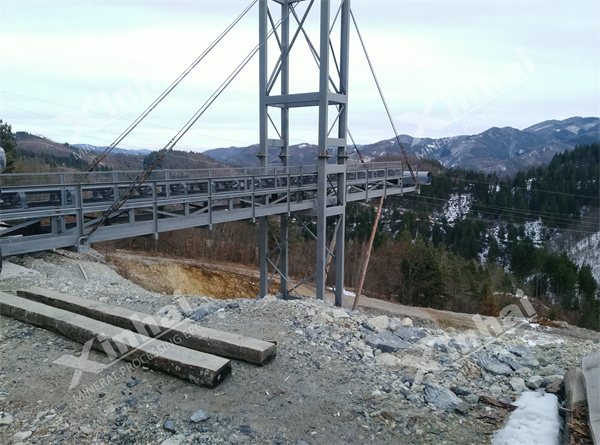Lead zinc ore tailings refer to the unselected waste ore that has undergone flotation separation during the beneficiation process of lead zinc ore, which contains a large amount of valuable metals and non-metallic elements. In order to reduce environmental pollution and resource waste, lead-zinc mine tailings need to be treated.

Common methods for treating lead-zinc mine tailings include the following:
Deep recovery method: Valuable metal elements in lead-zinc ore tailings can be deeply recovered by using equipment such as pressure filters and centrifuges to remove water from the tailings, and then deep recovery can be carried out through methods such as fire and wet processes. For example, valuable metals such as lead and zinc in tailings are recovered, and metals such as silver and copper in flotation slag are used for deep recovery.
Landfill method: Most of the waste residue from lead-zinc mine tailings is directly buried in closed underground storage facilities. The advantage of landfill method is that it is simple and feasible, but the disadvantage is that it occupies a large area and causes significant environmental pollution, requiring strict anti-seepage measures.
Leaching method: Using leaching solution to leach valuable metal elements from tailings, and using appropriate methods to precipitate, concentrate, and separate the metal elements. The advantage of leaching method is high recovery rate, but it requires a large amount of energy and chemical agents, and has serious pollution.
Phosphoric acid method: Utilizing phosphoric acid to recover metal elements such as copper, lead, and zinc from tailings, while also separating calcium phosphate. The advantage of the phosphoric acid method is its high recovery rate and the ability to simultaneously process multiple metal elements, but it requires a large amount of phosphoric acid and chemical agents, resulting in high production costs.
The above are common methods for treating lead-zinc mine tailings, and different treatment methods have their own advantages and disadvantages, which need to be selected and adopted according to the actual situation. At the same time, it is also necessary to pay attention to environmental issues during tailings treatment and take effective measures to reduce the impact on the environment.